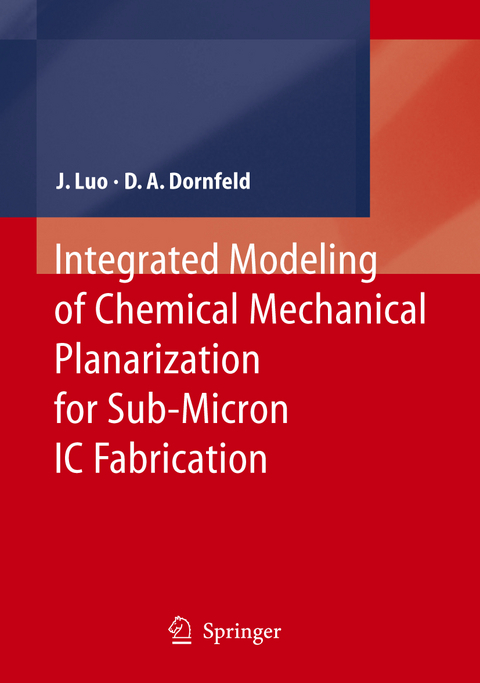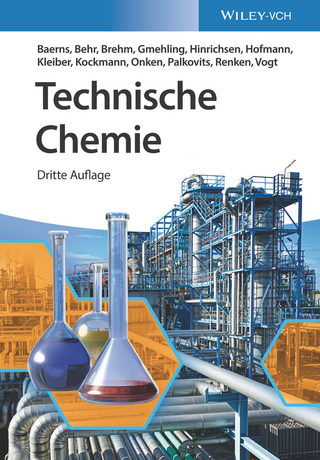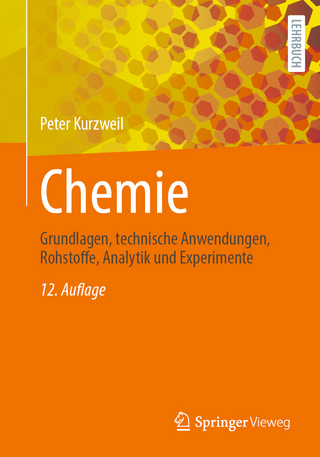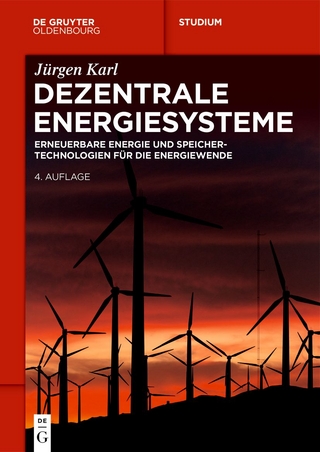
Integrated Modeling of Chemical Mechanical Planarization for Sub-Micron IC Fabrication
Springer Berlin (Verlag)
978-3-540-22369-6 (ISBN)
1 Introduction.- 2 Review of CMP Modeling.- 3 Material Removal Mechanism in CMP: A Comprehensive Model of Abrasive Particle, Pad Asperity and Wafer Interactions.- 4 Effects of Abrasive Size Distribution in CMP.- 5 Material Removal Regions in CMP: Coupling Effects of Slurry Chemicals, Abrasive Particle Size Distribution and Wafer-Pad Contact Area.- 6 One and Semi-Two Dimensional Feature- and Die-Scale Modeling for the Damascene Process.- 7 Three-Dimensional Feature-Scale Modeling of CMP.- 8 Wafer-Scale Modeling of CMP.- 9 Summary and Future Work.- A Boundary Element Method.- A.1 Introduction.- A.2 Governing Differential Equation of Elastostatics.- A.3 Betti's Reciprocal Theorem and Kelvin's Solution.- A.4 Boundary Integral Equation.- A.5 Numerical Formulation of Boundary Integral Equation.- A.6 System Equations.- A.7 BEM vs. FEM.- A.8 References.
| Erscheint lt. Verlag | 7.10.2004 |
|---|---|
| Zusatzinfo | XXIV, 311 p. |
| Verlagsort | Berlin |
| Sprache | englisch |
| Maße | 155 x 235 mm |
| Gewicht | 620 g |
| Themenwelt | Naturwissenschaften ► Chemie ► Technische Chemie |
| Technik ► Elektrotechnik / Energietechnik | |
| Schlagworte | CMP • Fabrication • FEM • Halbleiterbauelemente • Integrated circuit • Integrierte Schaltung • Integrierte Schaltung (IC) • Mechanical Model • Production • REM • Semiconductor Technology • stem • Wafer |
| ISBN-10 | 3-540-22369-X / 354022369X |
| ISBN-13 | 978-3-540-22369-6 / 9783540223696 |
| Zustand | Neuware |
| Haben Sie eine Frage zum Produkt? |
aus dem Bereich


